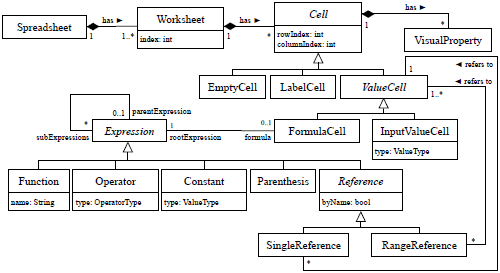Authors
Thomas Reschenhofer, Bernhard Waltl, Klym Shumaiev, & Florian Matthes
Abstract
Spreadsheets are widely used in industry, even for critical business processes. This implies the need for proper risk assessment in spreadsheets to evaluate the reliability and validity of the spreadsheet's outcome.
As related research has shown, the risk of spreadsheet errors is strongly related to the spreadsheet's complexity. Therefore, spreadsheet researchers proposed various metrics for quantifying different aspects of a spreadsheet in order to assess its complexity.
However, until now there is no shared understanding of potential complexity drivers for spreadsheets. The present work addresses this research gap by proposing a conceptual model integrating all aspects which are identified by related literature as potential drivers to spreadsheet complexity.
In this sense, this model forms the foundation for a structured definition of complexity metrics, and thus enhances the reproducibility of their results. At the same time, it forms the foundation for identifying further applicable complexity metrics from other scientific domains.
Sample

We propose a conceptual and integrated model for measuring complexity in spreadsheets. Beyond the qualitative structuring of attributes and properties of spreadsheet formulas, the model quantifies those aspects.
Metrics are evaluated against a large set of existing spreadsheets, namely the EUSES and the Enron corpus.
Publication
2016, EuSpRIG
Full article
A conceptual model for measuring the complexity of spreadsheets
